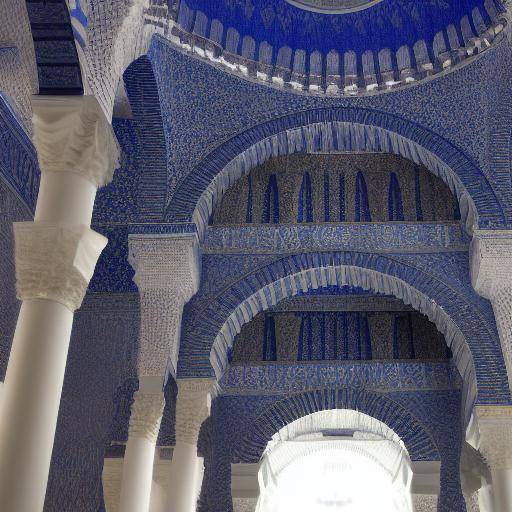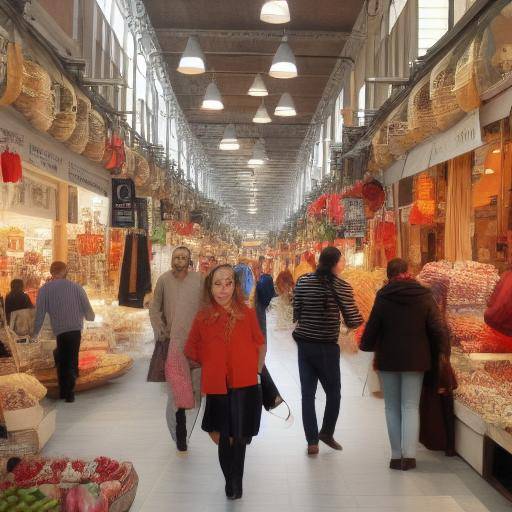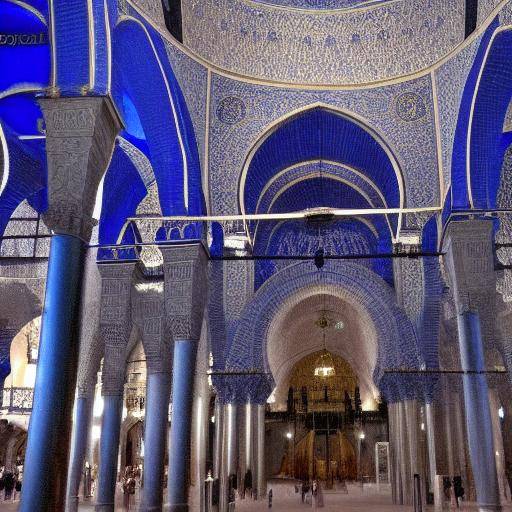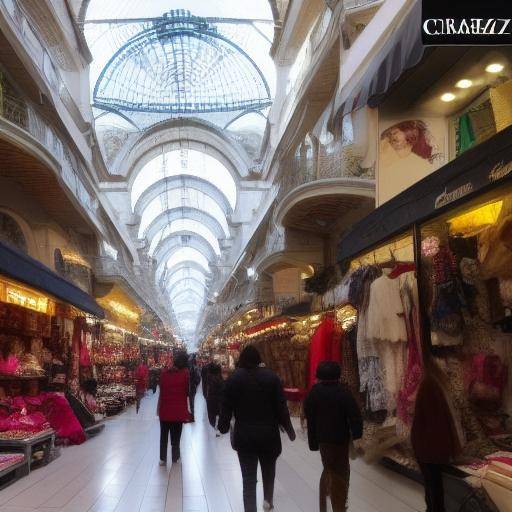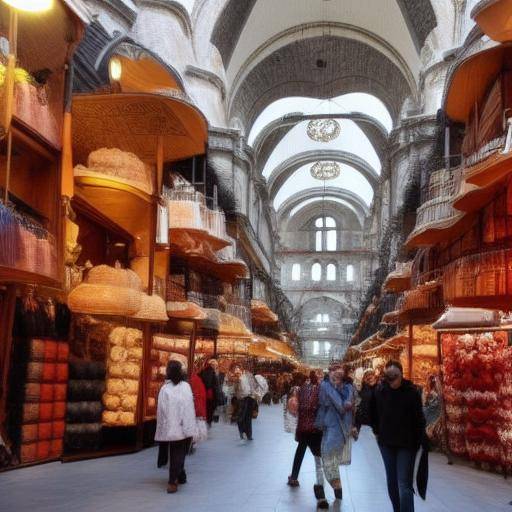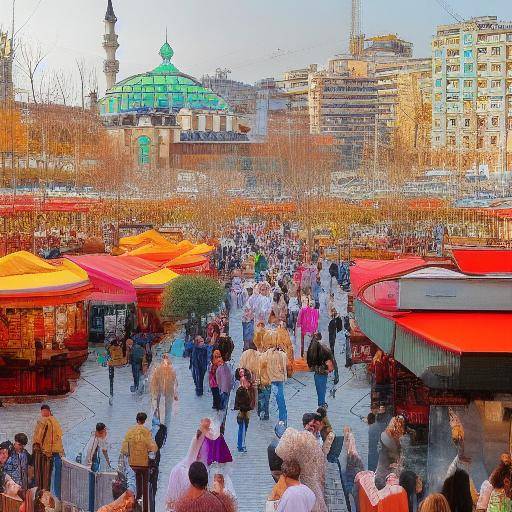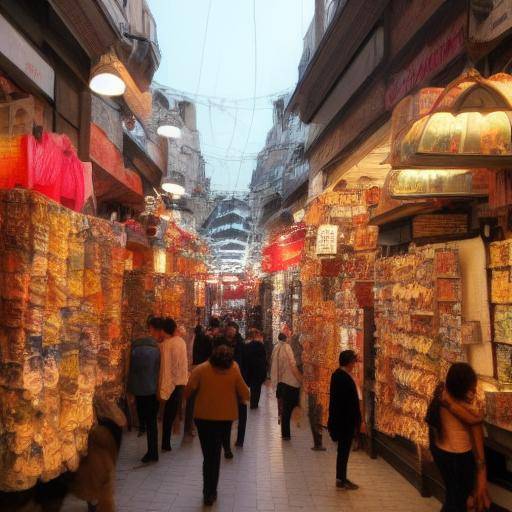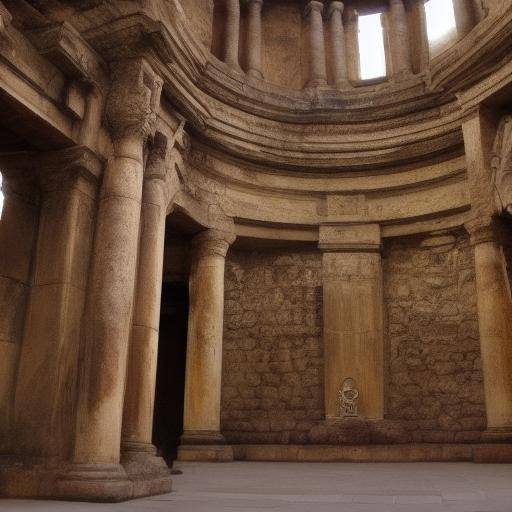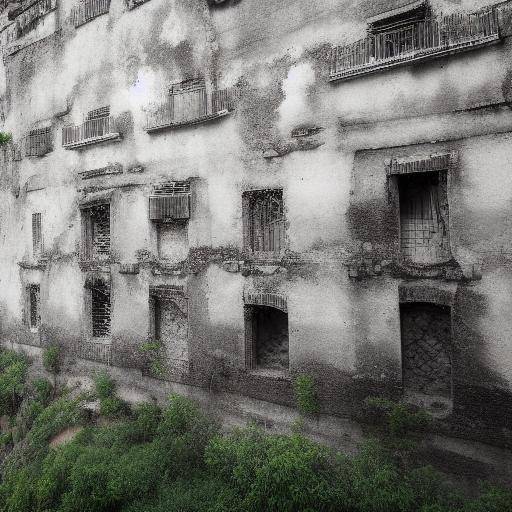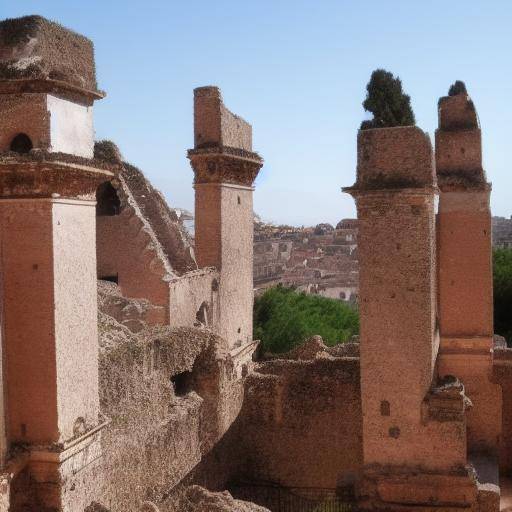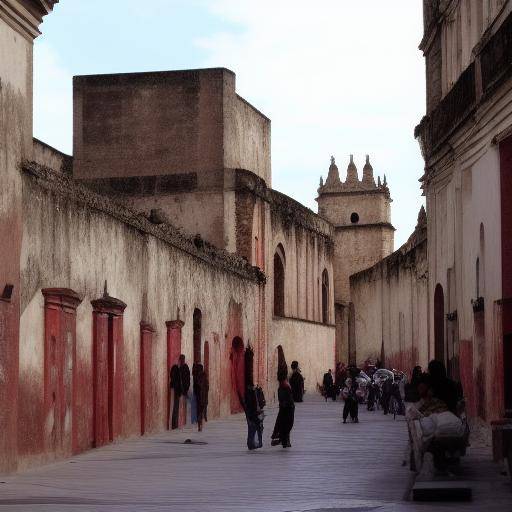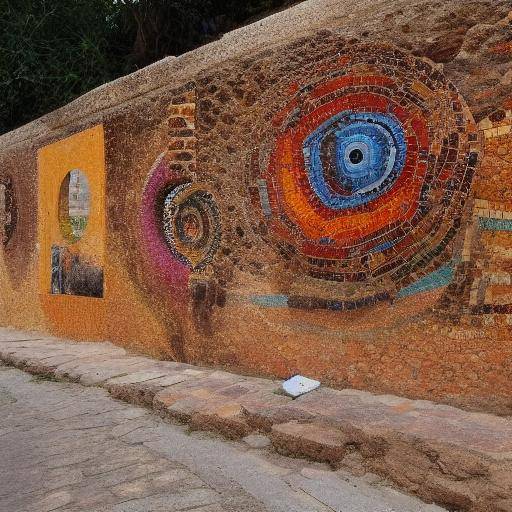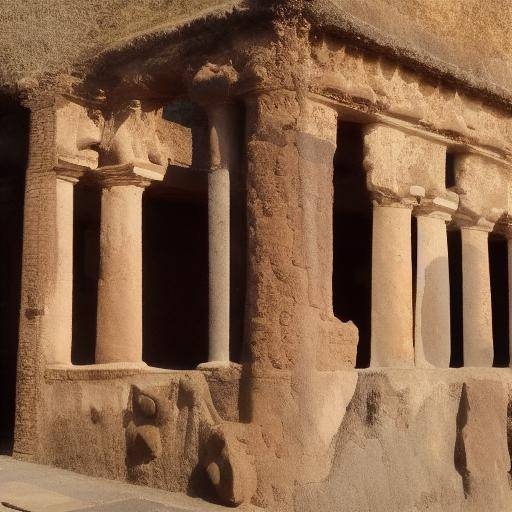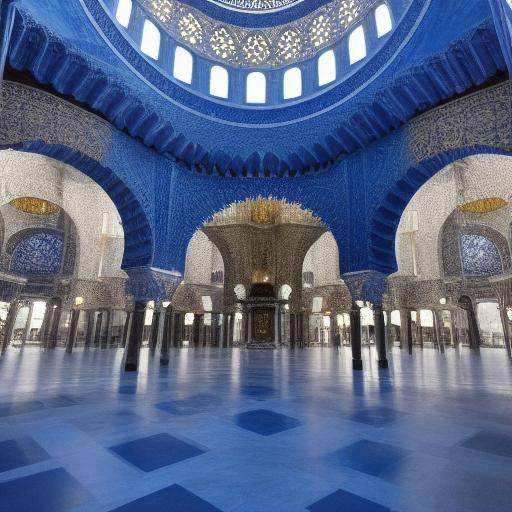
The Blue Mosque, an architectural wonder located in the iconic city of Istanbul, Turkey, is much more than a simple religious structure. This majestic mosque, also known as the Sultan Ahmed Mosque, has attracted millions of visitors from around the world with its impressive beauty, fascinating history and cultural significance. In this article, we will discover the rich history, the impressive architecture, and the cultural impact of the Blue Mosque, as well as the wonders of Istanbul, a city that merges the past and the present in a unique way, and Turkey, a country with a rich heritage and diversity. In addition, we will provide practical advice for travellers who wish to explore this magnificent place and learn more about its historical and cultural importance.
History and context
The Blue Mosque is an emblematic monument of Istanbul dating back to the seventeenth century, when Sultan Ahmed I ordered his construction to compete with the grand architecture of the nearby Hagia Sophia. This mosque is not only a testimony of the splendor of the Ottoman Empire, but also a masterpiece of Islamic architecture. With its impressive domes and minaretes, as well as its intricate blue ceramic tiles that give its name, the Blue Mosque captivates those who visit it with its unique beauty and its imposing presence.
Over the centuries, this mosque has witnessed momentous moments in Istanbul history and has survived significant challenges, including earthquakes and political conflicts. Its role as a place of worship and its importance to the local community have made it a symbol of resistance and continuity.
Stunning architecture
The architecture of the Blue Mosque is an exquisite combination of Ottoman and Byzantine elements, making it a unique and fascinating attraction for those interested in the history of art and architecture. The intricate tiled designs that adorn the interior of the mosque, along with the finely carved columns and the impressive dome-shaped ceilings, create an atmosphere of beauty and serenity that leaves visitors breathless.
Cultural impact and meaning
The Blue Mosque is not only an architectural landmark, but also plays a crucial role in the daily lives of the inhabitants of Istanbul. It is a sacred place for the Muslim community, where the faithful gather to pray and reflect. In addition, this impressive structure has inspired artists, writers and travelers from around the world, leaving an indelible mark on culture and art.
The mosque also serves as a tangible reminder of Turkey's rich Islamic heritage, and is a testimony to the importance of religious tolerance and cultural diversity in the country's history.
Istanbul: fusion of history and modernity
Istanbul, the city that houses the Blue Mosque, is a unique fusion of history and modernity. With a rich history spanning thousands of years, this city has been home to several empires and has witnessed momentous moments that have shaped its unique identity. From the historic monuments, such as the Basilica of Santa Sofia and the Topkapi Palace, to the bustling streets full of life, Istanbul offers visitors an unforgettable experience full of contrasts.
Turkey: a crucible of cultures
Turkey is a country of amazing diversity, combining the influence of the East and the West in a crucible of cultures. With stunning landscapes that include from idyllic beaches to mountain landscapes, as well as a rich historical heritage spanning thousands of years, Turkey is a destination that captivates travelers from around the world. The hospitality of your people, the delicious traditional cuisine and the variety of experiences make Turkey a unique and fascinating place to explore.
Practical advice to visit the Blue Mosque and Istanbul
If you are planning to visit the Blue Mosque and explore Istanbul, here are some practical tips that will help you make the most of your experience:
- Suitable dress: When visiting the Blue Mosque, it is important to dress in a respectful and modest way. It is recommended to cover shoulders, arms and legs, and women should wear a tissue to cover their heads.
- Visiting hours: The Blue Mosque receives non-Muslim visitors outside prayer hours. It is advisable to check the schedules before planning your tour.
- Explore Istanbul: Apart from the Blue Mosque, Istanbul has a wide range of attractions, such as the Grand Bazar, the Topkapi Palace, the Basilica of Santa Sofia and the Bosphorus. Make sure you plan your itinerary to include these fascinating places.
- Turkish gastronomy: Do not miss the opportunity to taste the delicious Turkish food, from kebabs and baklava to the famous Turkish tea. Explore local markets and traditional restaurants to savor authentic Turkish cuisine.
Conclusions
The Blue Mosque of Istanbul is much more than an impressive structure; it is a symbol of Turkey's rich cultural and historical heritage. From its fascinating architecture to its role in the life of the community, the Blue Mosque represents the essence of beauty and devotion. Along with the city of Istanbul and the country of Turkey, it forms a triangle of wonders that deserves to be explored and appreciated.
Whether you have the opportunity to visit the Blue Mosque personally or just want to know more about this magnificent place, we hope this article has aroused your interest and provided you with a deeper view of the Blue Mosque, Istanbul and Turkey.
FAQS
Question 1: What is the best time to visit the Blue Mosque?
The best time to visit the Blue Mosque is early in the morning or at the end of the evening, when there are fewer crowds and you can enjoy the serenity of the place.
Question 2: How long do you need to visit the Blue Mosque and Istanbul?
To visit the Blue Mosque, as well as other highlights from Istanbul, it is recommended to book at least three days to explore the city comfortably and appreciate its historical and cultural richness.
Question 3: Is it compulsory to pay to enter the Blue Mosque?
No, the entrance to the Blue Mosque is free for all visitors. However, the rules and regulations established to ensure a respectful environment for the faithful who come to pray must be followed.
Question 4: What is the importance of the Blue Mosque in the local community?
The Blue Mosque is a significant place of worship for the Muslim community in Istanbul, where the faithful gather to pray and reflect, and is a central element in the everyday life of the city.
Question 5: What is the meaning of blue tiles in the Blue Mosque?
Blue ceramic tiles adorning the Blue Mosque have a symbolic meaning in Islamic culture, representing majesty and heavenly beauty.
Question 6: What other tourist attractions are essential in Istanbul?
In addition to the Blue Mosque, Istanbul hosts the Basilica of Santa Sofia, the Grand Bazar, the Topkapi Palace and the Bosphorus, all of them highlighted by their historical importance and architectural beauty.
With its rich history, impressive architecture and cultural diversity, the Blue Mosque, Istanbul and Turkey offer a unique experience combining the old and the modern in a captivating environment. Whether you decide to explore these places in person or immerse yourself in your history and beauty through stories, the magnificence of the Blue Mosque and its surroundings will make you wonder. Enjoy the rich culture, warm hospitality and stunning beauty Istanbul and Turkey have to offer.


